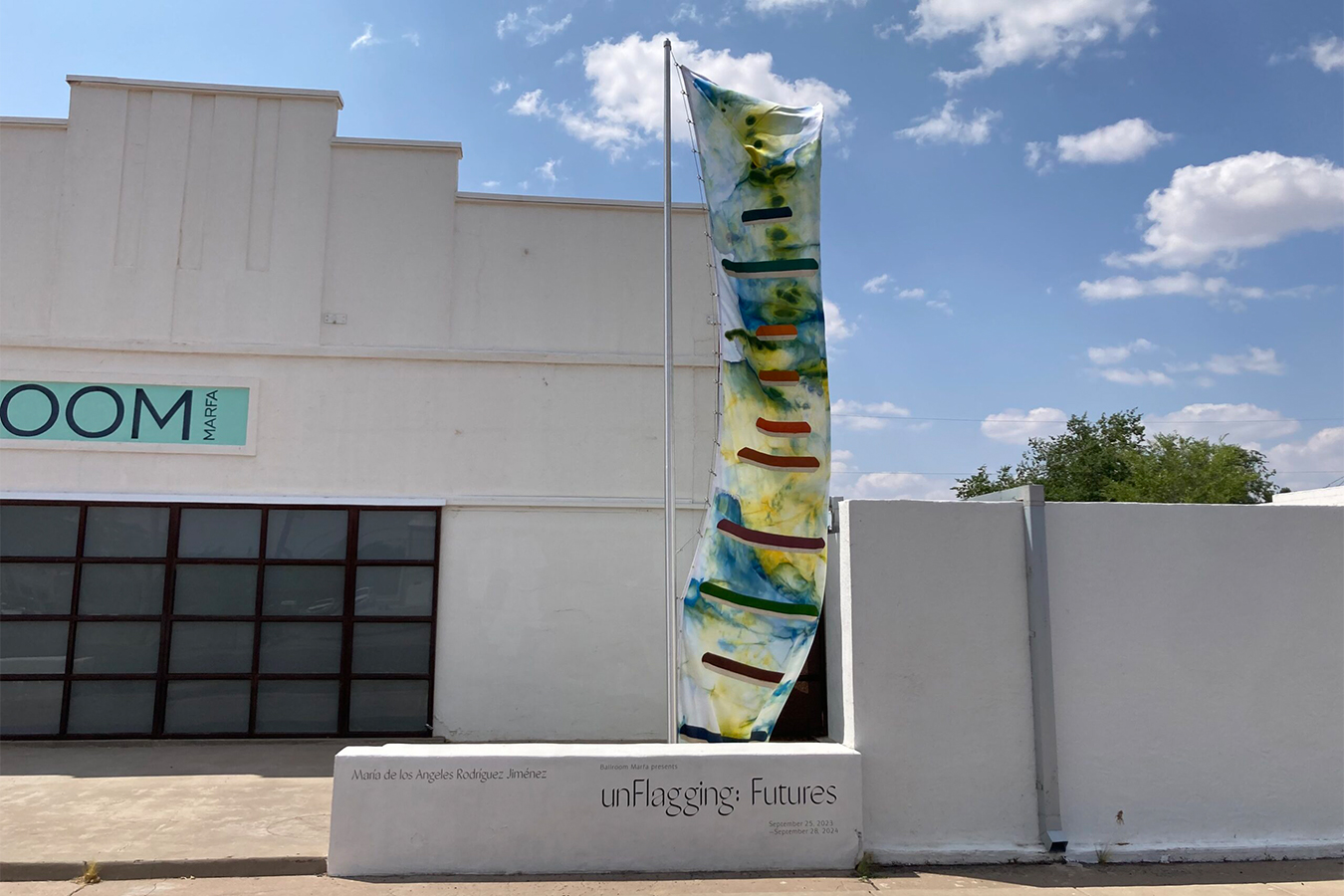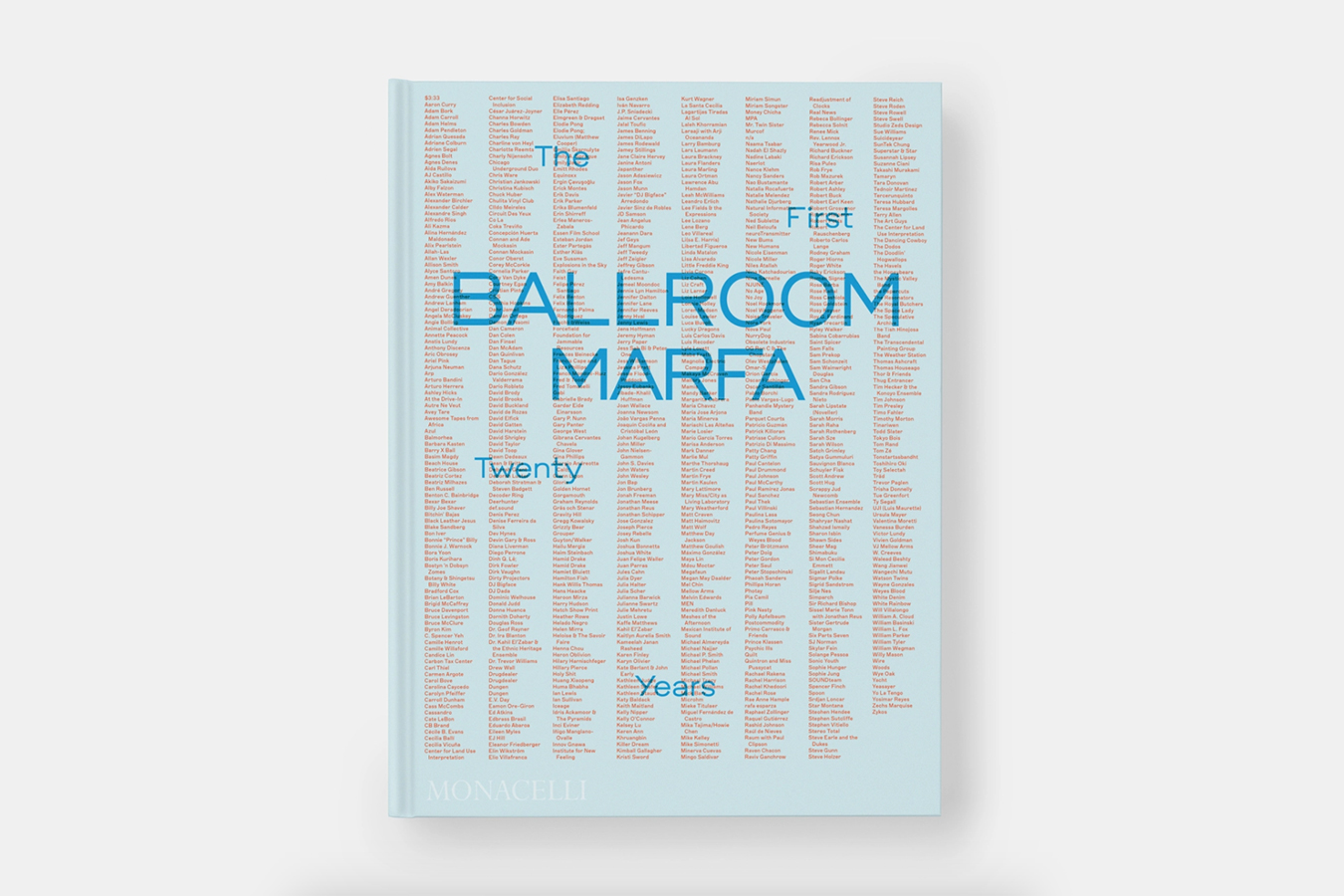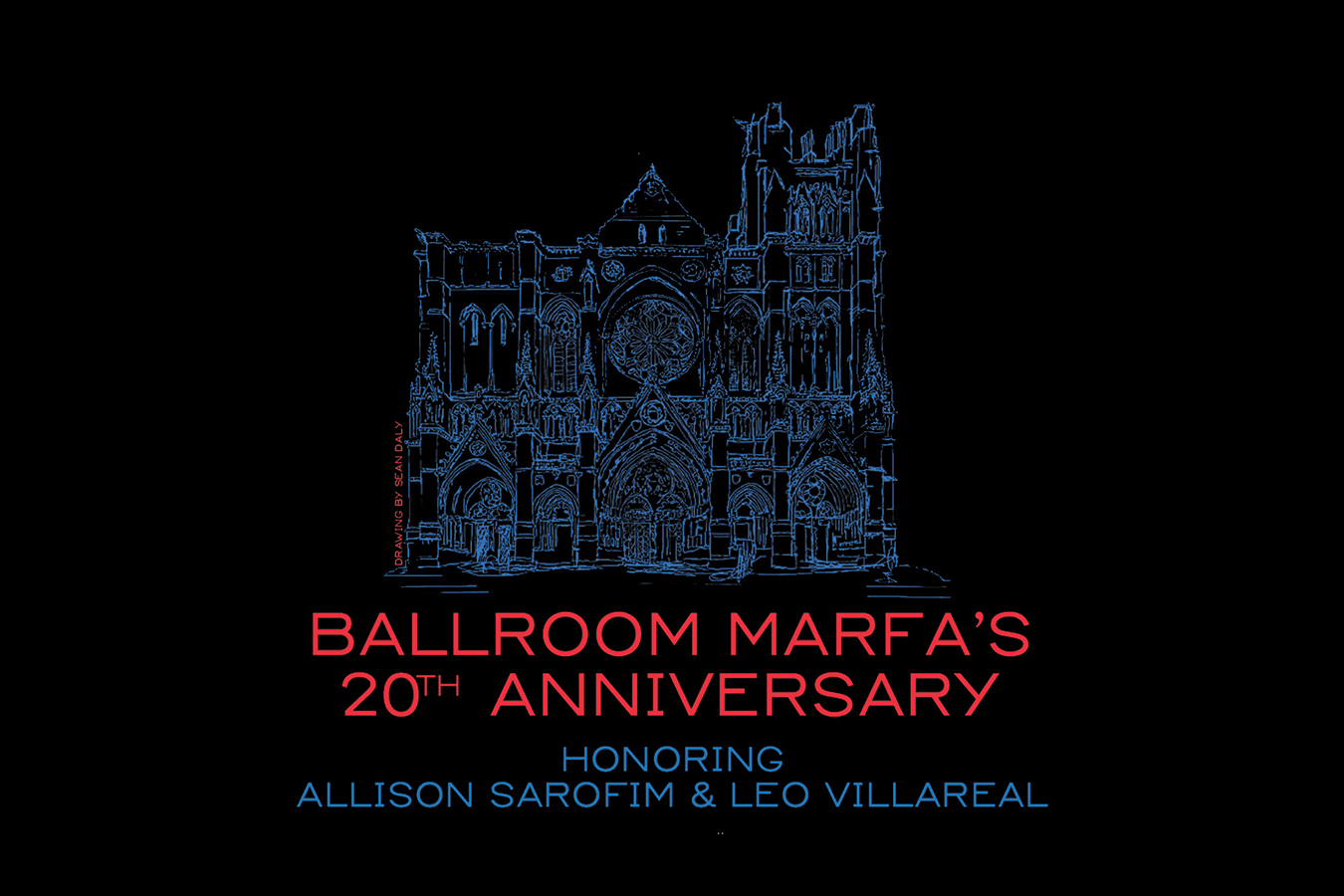Agnes Denes, The Living Pyramid
May 22, 2015
In 2005, Earthwork artist Agnes Denes, known — according to Interview Magazine — for her “stunning and environmentally confrontational public works,” created her large-scale work Pyramids of Consciousness for Ballroom’s exhibition Treading Water. Three of the pyramids were filled with various substances –– clear water, oil, and polluted water from the Rio Grande. The fourth pyramid was a mirror that allowed viewers to see themselves, and consider their relationship to water and its current environmental concerns.
Last Sunday, Denes presented another large-scale pyramid project, The Living Pyramid, installed on the East River waterfront at Socrates Sculpture Park in Long Island City, New York. The work was created using several tons of soil and planted grasses, and stands 30 feet high and 30 feet wide with the city skyline as its backdrop. Visitors at the opening were invited to participate in planting wildflowers along the outside of the structure, contributing to the pyramid’s growth as it remains on view until August 30th.
In a May interview with Maika Pollack in Interview Magazine, Denes discusses the function of pyramids in her work, as well as the process for her other iconic works such as Wheatfield–A Confrontation (1982) (where she planted and harvested a wheat field on a landfill in lower Manhattan) and Tree Mountain-–A Living Time Capsule, a manmade forest she planted in a mathematical pattern in Ylöjärvi, Finland.





